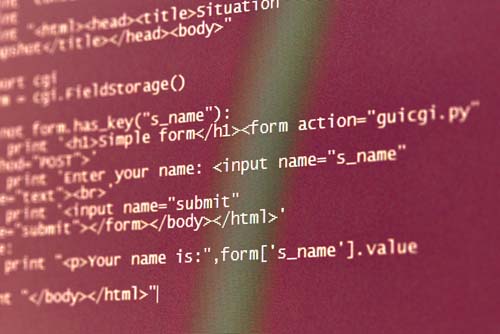positionalargument怎么操作
Positional arguments are a fundamental concept in programming, particularly in languages like Python. They refer to the arguments that are passed to a function or method in a specific order, based on their position or index. In this article, we will explore how to work with positional arguments in Python.
To understand how positional arguments work, let's consider a simple example. Suppose we have a function called "add_numbers" that takes two numbers as arguments and returns their sum. Here's how you can define and use this function:
```python
def add_numbers(a, b):
return a + b
result = add_numbers(3, 5)
print(result) # Output: 8
```
In this example, the arguments `3` and `5` are passed to the `add_numbers` function in the order they appear. The first argument `3` is assigned to the parameter `a`, and the second argument `5` is assigned to the parameter `b`. The function then performs the addition operation and returns the result.
It's important to note that the order of the arguments matters when working with positional arguments. If we swap the positions of the arguments, the result will be different:
```python
result = add_numbers(5, 3)
print(result) # Output: 8
```
In this case, the first argument `5` is assigned to the parameter `a`, and the second argument `3` is assigned to the parameter `b`. The function still performs the addition operation and returns the same result.
Positional arguments can also be used with default values. This means that a parameter can have a default value assigned to it, which is used when the argument for that parameter is not provided. Here's an example:
```python
def greet(name, greeting="Hello"):
return f"{greeting}, {name}!"
message = greet("John")
print(message) # Output: Hello, John!
message = greet("Emily", "Hi")
print(message) # Output: Hi, Emily!
```
In this example, the `greet` function has a positional argument `name` and a positional argument `greeting` with a default value of "Hello". If we only provide the `name` argument, the function uses the default value for `greeting`. However, if we provide both arguments, the default value is overridden.
To summarize, positional arguments are used to pass arguments to a function or method based on their position or index. The order of the arguments matters, and they can also have default values assigned to them. Understanding how to work with positional arguments is essential for writing effective and flexible code in Python.

相关推荐HOT
更多>>
python豆瓣源怎么操作
Python豆瓣源是一个用于安装Python包的镜像源,它可以提供更快速的下载速度和更稳定的连接。在使用Python的过程中,我们经常需要安装各种第三方...详情>>
2023-08-20 19:49:41
idea设置注释模板怎么操作
在IDEA中设置注释模板非常简单。下面我将为您详细介绍如何进行操作。打开IntelliJ IDEA,并选择您要设置注释模板的项目。接下来,点击顶部菜单...详情>>
2023-08-20 19:48:40
idea注释怎么操作
Idea是一款常用的集成开发环境(IDE),提供了丰富的功能和工具来帮助开发者进行代码编写、调试和项目管理等工作。在Idea中,注释是一种常用的...详情>>
2023-08-20 19:48:31
idea代码行数统计怎么操作
Idea是一款常用的集成开发环境(IDE),它可以用于开发各种编程语言的应用程序。在使用Idea进行开发时,有时我们需要统计代码的行数,以便评估...详情>>
2023-08-20 19:48:23
























 京公网安备 11010802030320号
京公网安备 11010802030320号